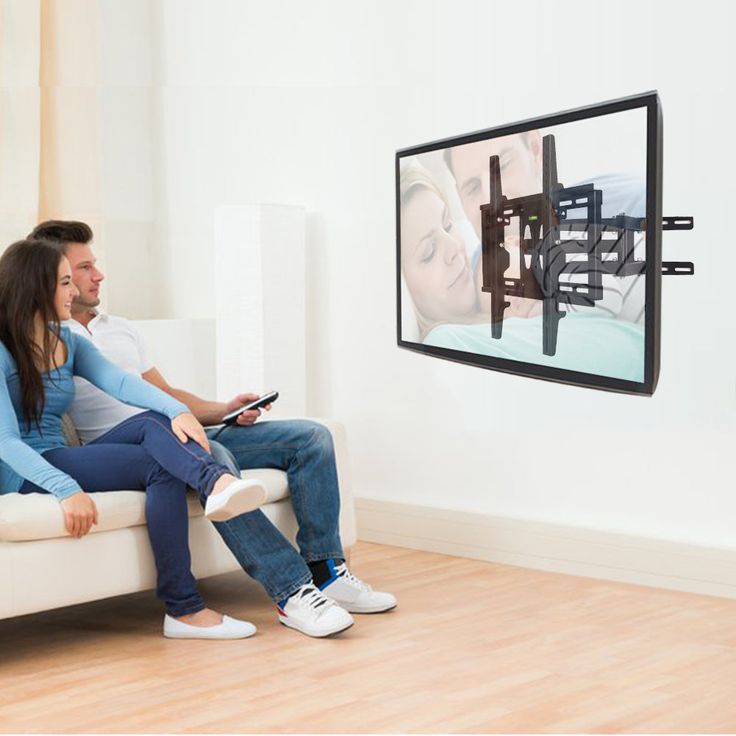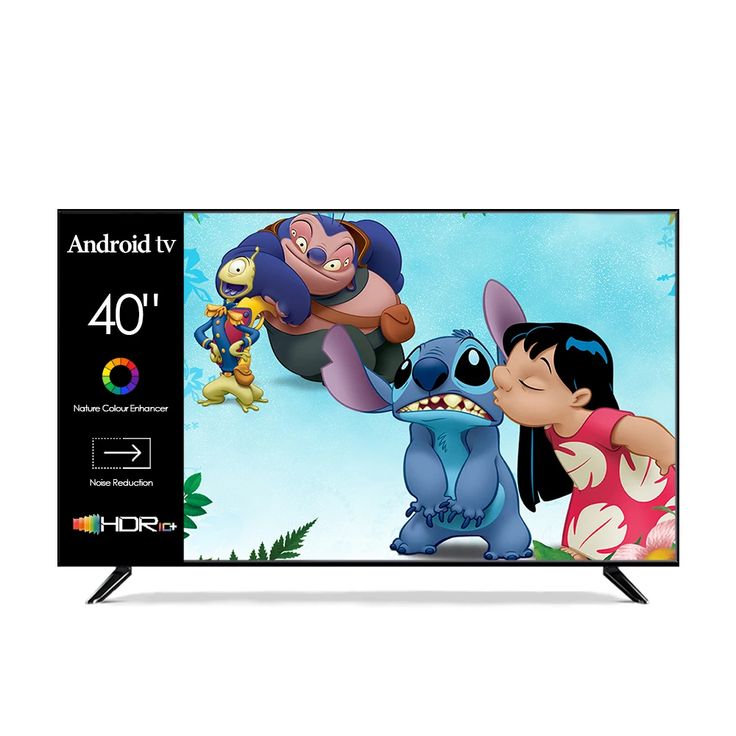Understanding the Importance of Accurate TV Screen Measurements
How to measure tv screen? Accurate TV screen measurements are vital for several reasons. They ensure the television fits well in your allocated space. Wrong measurements can lead to a screen that’s too big or too small for your room. Getting the size right can also enhance your viewing experience. You’ll want the screen size to match the intended use, whether it’s for gaming, movies, or regular TV watching.

Knowing the exact dimensions helps in furniture arrangement and room planning. A TV that’s too large may dominate a small room or cause discomfort. Too small, and you might miss out on an immersive experience. When you plan to wall-mount your TV, precise measurements become even more critical.
Accurate dimensions also play a key role in pairing accessories. Sound systems and media players need to synchronize with your TV’s size for the best setup. In summary, careful measurement of your TV screen protects your investment and guarantees satisfaction.
Step-by-Step Guide to Measuring Your TV Screen Size
Properly sizing up your TV is crucial before you buy or place one. Here’s how you can measure it.
Measure TV Screen Diagonally
Start by measuring the screen from one corner to the opposite corner. This gives you the standard size. Do not include the bezel, or frame, in this measurement.
Measure The Width
Next, measure the TV from left to right across the screen. This width is for viewing area only, not including the bezel.
Measure The Height
Then, measure the screen from top to bottom. Just like width, do this without counting the bezel.
Measure The Depth
Don’t forget the depth. Measure from the front to the back of the TV. This tells you how much space it will take.
Measure The Entire TV Diagonally
Lastly, measure the entire front of the TV. This time, include the bezel. It helps with planning for stands or mounts.
Determining Your TV’s Aspect Ratio
Determining your TV’s aspect ratio is another key part of the measure process.
Aspect Ratio and Its Importance
Aspect ratio is the TV screen’s width to height ratio. It indicates how wide or tall your screen appears. Most modern TVs come with a 16:9 ratio, fitting widescreen viewing. This is important for matching media format to screen. It affects how movies and games look on your TV. A wrong ratio can mean distorted or cropped images. To find it, divide the screen’s width by its height. For 16:9 TVs, the width is about 1.78 times the height. Stick to this aspect ratio for the best viewing experience.
Calculating the Recommended Viewing Distance
Screen Size and Recommended Distance
To find the best viewing distance, start by measuring your TV screen size. Multiply this size by 1.2 to get the proper distance. This rule balances size and viewing comfort. For example, for a 50-inch screen, the optimal distance is 60 inches (5 feet).
This distance helps ensure you see the whole screen without strain. It adjusts according to your room size and TV placement. You should also consider personal preference. Some prefer sitting closer for a more immersive experience.
Effects of Resolution on Viewing Distance
Higher resolution TVs, such as 4K or 8K, allow closer seating. Their high pixel count makes individual pixels harder to see. For instance, you could sit closer to a 4K TV than to a 1080p TV without noticing pixelation.

As resolution increases, you can reduce the recommended distance without losing image quality. This makes high-res TVs ideal for smaller rooms. Always consider the resolution when planning your seating to enhance your viewing experience.
Evaluating the Impact of Screen Size on Picture Quality
Choosing the right TV size affects the quality of your viewing experience. Larger screens can display high-resolution content, like 4K or 8K, without losing detail. But, the position from where you watch also matters. Sitting too close to a big screen may show visible pixels, taking away from the image quality. In contrast, smaller screens may not provide an immersive feel at the same distance.
Relationship Between Screen Size, Resolution, and Viewing Quality
Screen size and resolution work together to determine picture sharpness. A big TV with high resolution gives a clearer picture. More pixels per inch mean a more detailed image. For good picture quality, match the screen size with the room size and viewing distance. You might not see the full benefit of a bigger, higher-resolution TV if your room is too small. For balanced quality, consider both screen size and resolution when picking a TV.
Importance of Actual TV Dimensions and Placement
Taking note of the actual TV dimensions is critical to fitting a TV properly into your space. Knowing both the screen size and actual dimensions aids in planning where and how the TV will sit, whether on a stand or mounted to a wall.
Comparing Screen Size and Actual TV Dimensions
Screen size and actual dimensions differ. Screen size measures the screen only, diagonally from corner to corner. This measurement does not include the bezel, or frame of the TV, which is part of the total dimensions. Total dimensions measure the complete size of the TV, including the frame. This complete measurement is necessary for fitting the TV in a space accurately.
When you measure only the screen, you may forget to account for the extra space the frame takes up. This might lead to buying a TV too large for your planned area. For wall mounting, total dimensions help ensure the TV does not extend beyond the desired space. It also helps you choose the right mount that fits the TV’s size.
Considerations for TV Mounts and Stands
TV stands and mounts vary based on the type of setup you prefer. TV stands are more than just a support for your TV; they add to the room’s decor and provide extra storage. When choosing a stand, ensure it can support the weight and size of your TV. Also, consider the stand’s height to maintain a comfortable viewing angle.
TV mounts help save space and can enhance viewing by positioning the TV at an ideal height. There are various types of mounts, like swivel or fixed, that offer different viewing adjustments. Ensuring the mount is compatible with the TV’s size and weight is paramount. Think about the placement to avoid glare from lights or windows, enhancing your watching experience.
Conclusion: Making an Informed Decision for Your Viewing Comfort
Choosing the perfect TV requires careful consideration of various factors. Accurate measurements of screen size, depth, and overall dimensions are essential. This ensures the TV fits your space and meets aesthetic requirements.
Understanding the aspect ratio is crucial for optimal display of videos and games. It affects image proportions on your screen. A right aspect ratio avoids image distortion, enhancing your viewing pleasure.

The recommended viewing distance enhances comfort and visual clarity. It depends on the screen size, resolution, and personal preference. High resolution allows for closer seating without loss of image quality.
Moreover, the impact of screen size on picture quality cannot be overstated. Larger screens are suitable for high-resolution media, providing sharper images. However, the right balance with screen size, resolution, and viewing distance is vital.
Finally, placement of your TV—whether on a stand or mounted on a wall—requires consideration of the actual TV dimensions. The right placement heightens visual comfort and room aesthetics. Reflect on these elements to make the most informed and suitable choice for your home.

